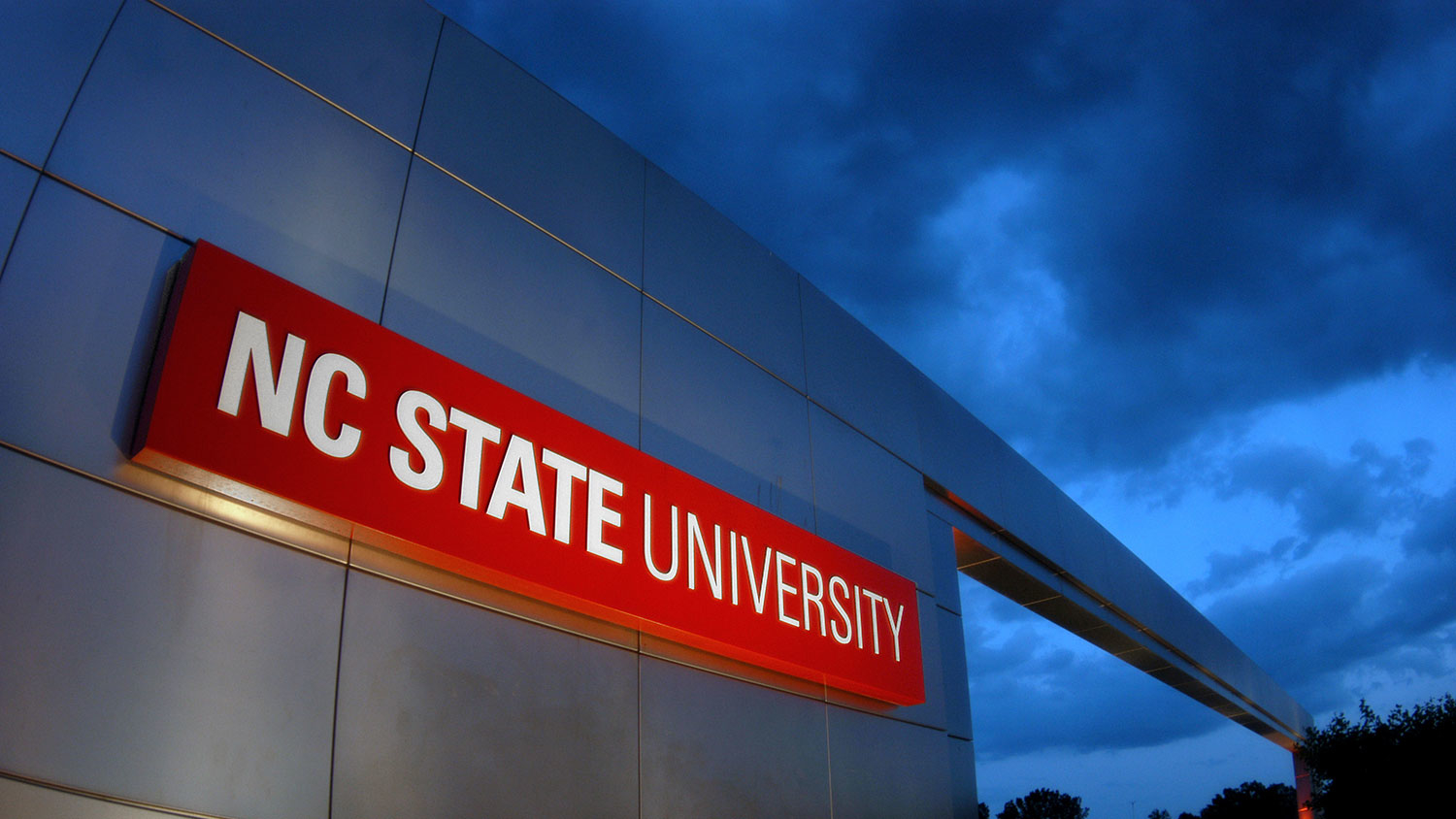Understanding Room Temperature Superconductivity

Room-temperature superconductors could transform everything from electrical grids to particle
accelerators to computers, but researchers are still trying to understand how these materials function on the atomic level.
Recently, NC State physicist Lex Kemper was a member of an international team that published a paper in Science on the unique properties of a material called yttrium barium copper oxide, or YBCO.
The team found that YBCO’s superconductivity is intertwined in unexpected ways with another phenomenon known as charge density waves (CDWs), or ripples in the density of electrons in the material. These CDWs get stronger when YBCO’s superconductivity is switched off. However, they were surprised to find the CDWs also suddenly became more spatially organized, suggesting superconductivity somehow fundamentally shapes the form of the CDWs at the nanoscale.
So what does this mean? The Abstract asked Kemper to share his insights.
TA: The search for room temperature superconductors could transform a lot of industries. In this paper, you looked at the connection between superconductivity and charge density waves in a material called YBCO. Let’s start with some basic definitions – what gives a material superconductivity?
Kemper: This is a really good question. We know from BCS theory that superconductivity can happen because two electrons can indirectly interact via lattice vibrations, a force of sorts. They form a bound pair called a Cooper pair, and when all the relevant electrons in the material do that, you get a state called superconductivity. Now, this theory is not directly applicable to YBCO – and this has spurred several decades of research to figure out what is going on in these materials. Currently, what we think is that the binding force is provided by magnetic fluctuations in the material, rather than lattice vibrations.
TA: What is a charge density wave?
Kemper: Imagine you have a line of people, all equally spaced – that’s your starting structure. Now, have each set of two people pair up and stand slightly closer together – that’s the easiest way to see a charge density wave. In essence, it’s an additional pattern on top of the one that already existed. In YBCO, we think that this additional patterning occurs due to the electrons acting alone, rather than the atoms being involved.
TA: When you used laser pulses to “switch off” the superconductivity in the YBCO, you noticed that the charge density waves grew both stronger and more organized, meaning that superconductivity and charge density waves are somehow connected at the nanoscale. What does this mean?
Kemper: What this study showed isn’t so much a path forward to finding or creating high temperature superconductors; rather, it is a step in understanding the fundamental physics at play. We found that suppressing superconductivity causes the charge density waves to keep their pattern over much longer length scales – indicating they compete, but in a nanoscale structured way. This sheds new light on the problem of coexisting/intertwined order we see in these materials.
TA: Why is this intertwined order considered a “problem,” or something that we need to study further? Do we simply not understand why/how it occurs? Does it interfere with our ability to exploit certain properties of the material?
Kemper: In short, we do not have a solid understanding of why this material superconducts, why it exhibits charge density wave, let alone the combination of those two! A good way of understanding something in physics is to disturb it slightly and see how it responds (this is how almost all experiments work, and also how a lot of materials’ properties arise). In this case, we perturbed with an ultrafast laser pulse, and observed the resulting dynamics – which told us something new that we didn’t know before. In this case, it revealed the existence of a kind of nanoscale patterning, and it ruled out several other (nanoscale or not) patterning options.
TA: What are the next steps with this work?
Kemper: The next steps are to refine the experiment and theory, and to try to come up with new ways of looking at this problem. More broadly, we hope that the field incorporates this work in how they think about the fundamental physics of charge density waves and superconductivity in these materials.
TA: Do you think we’ll get to usable room temperature superconductors in the near future?
Kemper: This is a really good question. I hope so. What I expect is that if occurs, it will come from an unexpected corner of the vast ocean of possibilities that we haven’t explored yet.
This post was originally published in NC State News.